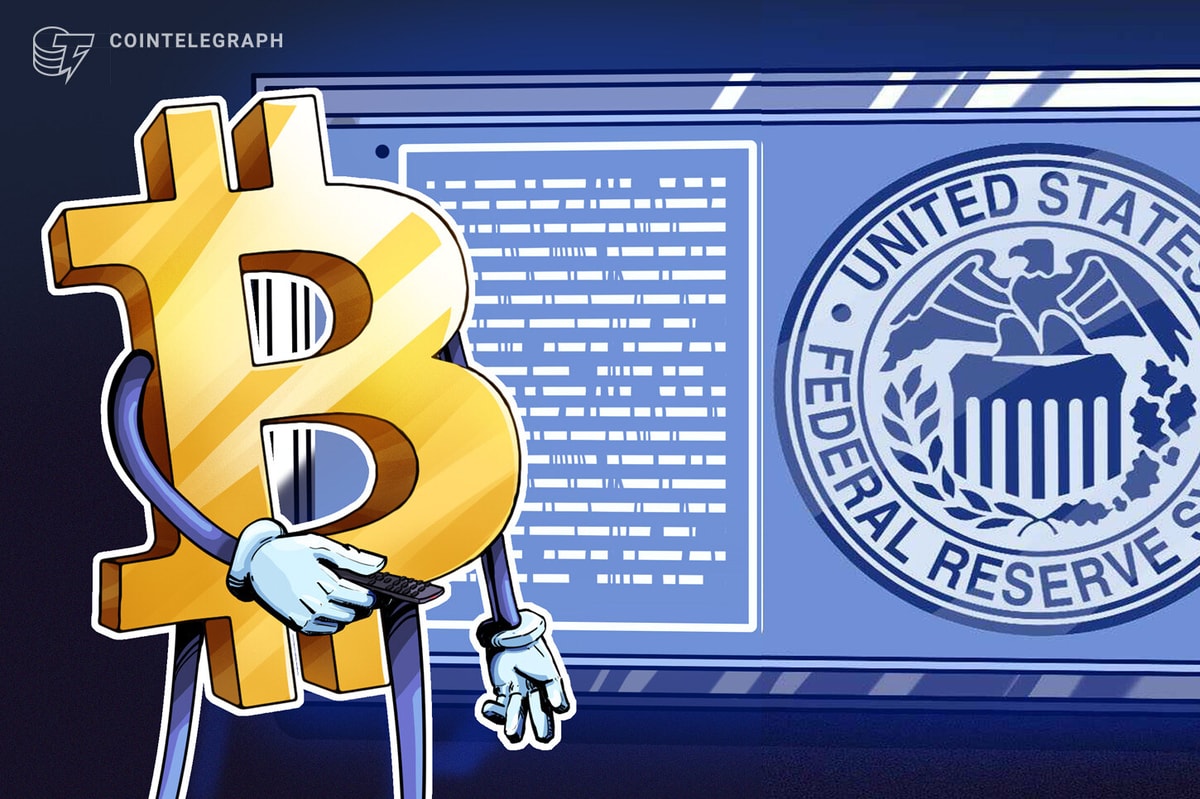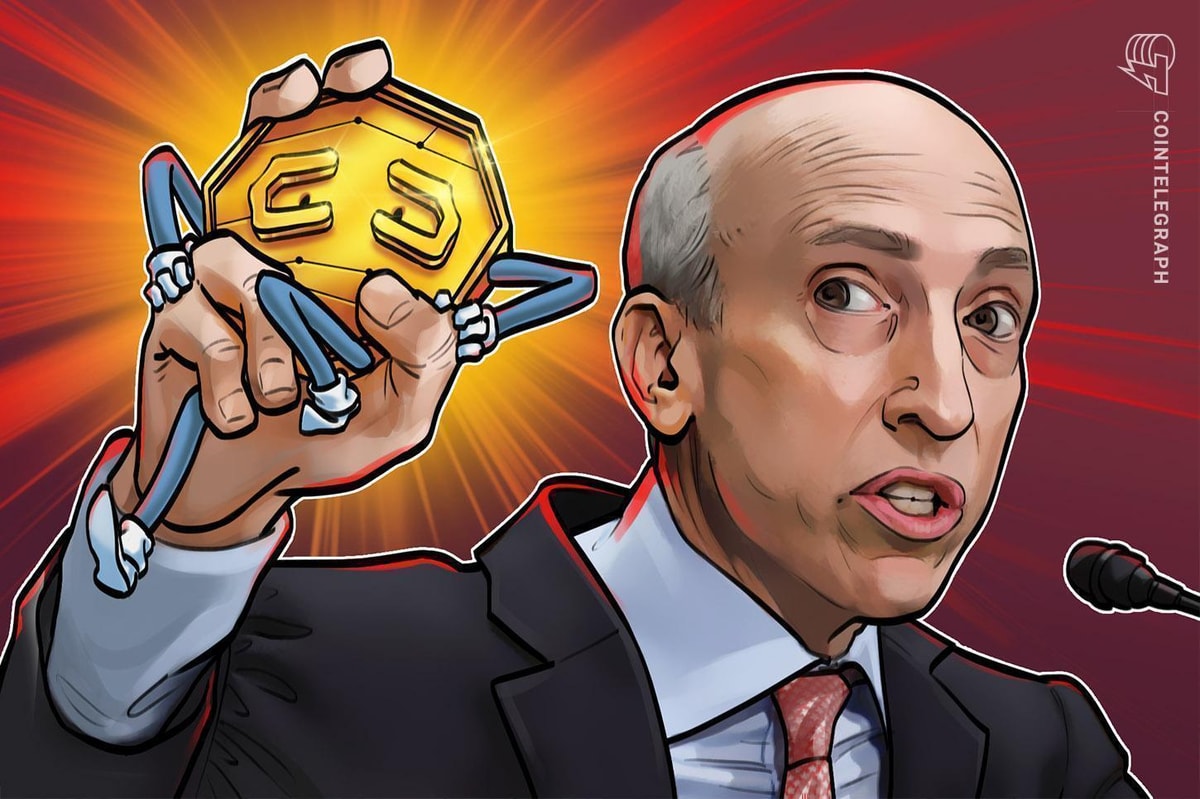Key takeaways:
-
Onchain metrics suggest retail investors are asleep, but the ETFs’ AUM is growing
-
Retail investors hold the majority of spot Bitcoin ETF shares—either directly or indirectly through investment advisers and hedge funds acting on their behalf.
-
Direct retail investor demand may be dormant but not dead, especially outside the US, where self-custody remains essential.
There’s a widespread assumption that Bitcoin (BTC) cannot move higher because retail investor demand is drying up. Onchain data seems to support this narrative: small wallet activity is at a multi-year low. But is this really the full picture?
Perhaps retail is still here, just not where we used to look. This cycle, a big part of retail demand may be flowing through TradFi rails: spot ETFs, pension funds, and brokerage accounts. If ETFs are counted as retail, it may change how the Bitcoin market is understood.
Who is buying the spot Bitcoin ETFs?
Since the launch of spot Bitcoin ETFs in the US in January 2024, Bitcoin has entered the portfolios of clients who might never have held it directly, due to a lack of technical confidence or unwillingness to manage self-custody.
Institutions also buy ETFs for their regulatory clarity and ease of accounting. Among them, investment advisors and hedge funds are the biggest ETF holders, managing Bitcoin exposure on behalf of both retail and corporate clients. Banks, insurers, and pension funds are also stepping in, not only holding BTC but offering exposure to their customers as well.
Collectively, ETF shareholders now own approximately $135 billion in Bitcoin.
According to Bloomberg analyst Eric Balchunas, investment advisers account for nearly half of the $21 billion in assets reported through 13F filings—a growing subset of total ETF exposure that now represents around 20% of all ETF holdings. Hedge funds follow with $6.9 billion worth of ETF shares (about 83,934 BTC), followed by brokerages and holding companies.
The CoinShares report adds color: Goldman Sachs leads among financial advisers with $1.8 billion invested, while Millennium Management tops hedge funds with $1.6 billion.
ETFs are retail too, in a way
It’s tempting to categorize ETF flows as purely institutional, in contrast to the familiar image of a small retail wallet stacking sats. From that lens, yes—direct retail demand has all but disappeared..
As André Dragosch, the head of research of Bitwise, said to Cointelegraph,
“Retail has been the major distributor of Bitcoin in 2025 so far, based on our calculations. Meanwhile, both public corporations as well as funds and ETPs have been the biggest source of demand for Bitcoin in 2025.”
However, Dragosch added that
“It is certainly true that retail participation is also heavily expressed via ETPs/ETFs since these investment vehicles remain heavily retail-dominated. This is evident in the most recent 13F filings in the US which still indicate that the percentage of retail investors in US spot Bitcoin ETFs is close to 75%.”
So, if the end holder of a BTC ETF share is a retail client, it may be time to reconsider how onchain data is interpreted. This may be the new reality of the Bitcoin market: new retail demand prefers to keep its Bitcoin in a brokerage account, and not a self-custodial wallet. While antithetical to Bitcoin’s original ethos, this approach appeals to many who nonetheless believe in its investment thesis.
The explosive success of spot ETFs is evidence of retail interest, even if it doesn’t register onchain. BlackRock’s iShares Bitcoin Trust (IBIT) has already generated more revenue than its flagship S&P 500 ETF (IVV), according to Bloomberg—hardly a niche phenomenon.
Related: Why can’t Bitcoin price break $112K all-time highs? BTC analysts explain
Why can’t Bitcoin hit new highs?
Yet even with the ETF demand, Bitcoin’s price remains under pressure.
As CryptoQuant’s graph illustrates, in January 2025, Bitcoin’s apparent demand peaked around $1.6 million, double the combined ETF and Strategy inflows. Today, with ETF flows steady, that figure has flipped to negative territory, plunging to -$857,000.
In other words, current inflows—even with ETFs—aren’t enough to offset the ongoing outflows. The market may need a major catalyst, such as interest rate cuts, to reignite demand. Such a trigger would primarily benefit institutions and their clients, who now play an increasingly central role in the Bitcoin ecosystem.
Alexandre Stachtchenko, strategy director at the French crypto exchange Paymium, acknowledges this shift:
“Eventually, retail will have to go through the TradFi rails, it is my long-standing conviction.”
Yet he clarifies this doesn’t mean direct retail demand will vanish. While wealthier US investors may opt for exposure via BlackRock and peers, retail participants in places like Nigeria or Argentina will likely continue to buy and hold BTC directly.
So perhaps direct retail demand hasn’t disappeared—just gone quiet. And in the right conditions, it could still reemerge.
This article is for general information purposes and is not intended to be and should not be taken as legal or investment advice. The views, thoughts, and opinions expressed here are the author’s alone and do not necessarily reflect or represent the views and opinions of Cointelegraph.
Read the full article here















